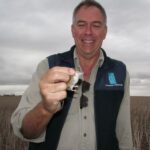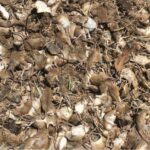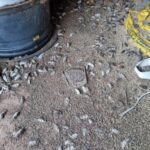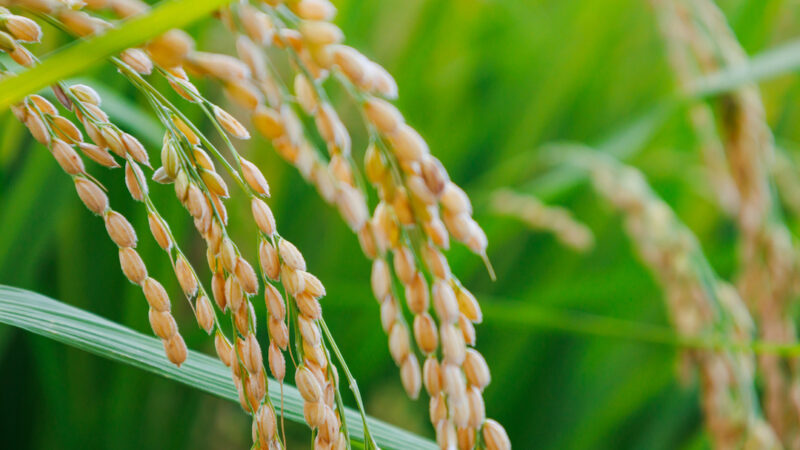CSIRO mouse researcher Steve Henry is urging farmers to monitor mouse activity in paddocks and…
Sniffing out a mouse plague solution
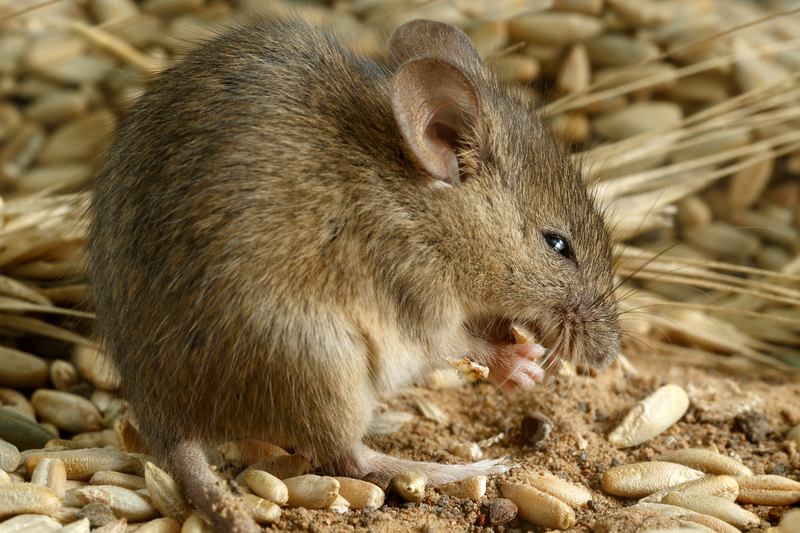
Spraying paddocks with wheat germ oil confused hordes of mice and reduced crop damage in research conducted on a farm during the depths of the 2021 mouse plague.
Results of the Sydney University project were published last week in Nature Sustainability, with the research team boasting results of up to a 74 per cent reduction in seed loss in the paddock.
�This research builds on work we have done in other systems to deter problem animals from finding things we don�t want them to find,� said Sydney University Professor Peter Banks.
�We have used the same logic using a bird odour to stop predators like cats finding endangered bird nests in New Zealand.�
Professor Banks was co-author for the research project, which was led by PhD student Finn Parker. Dr Catherine Price and Jenna Bytheway, from the Sydney Institute of Agriculture and School of Life and Environmental Sciences were also co-authors.
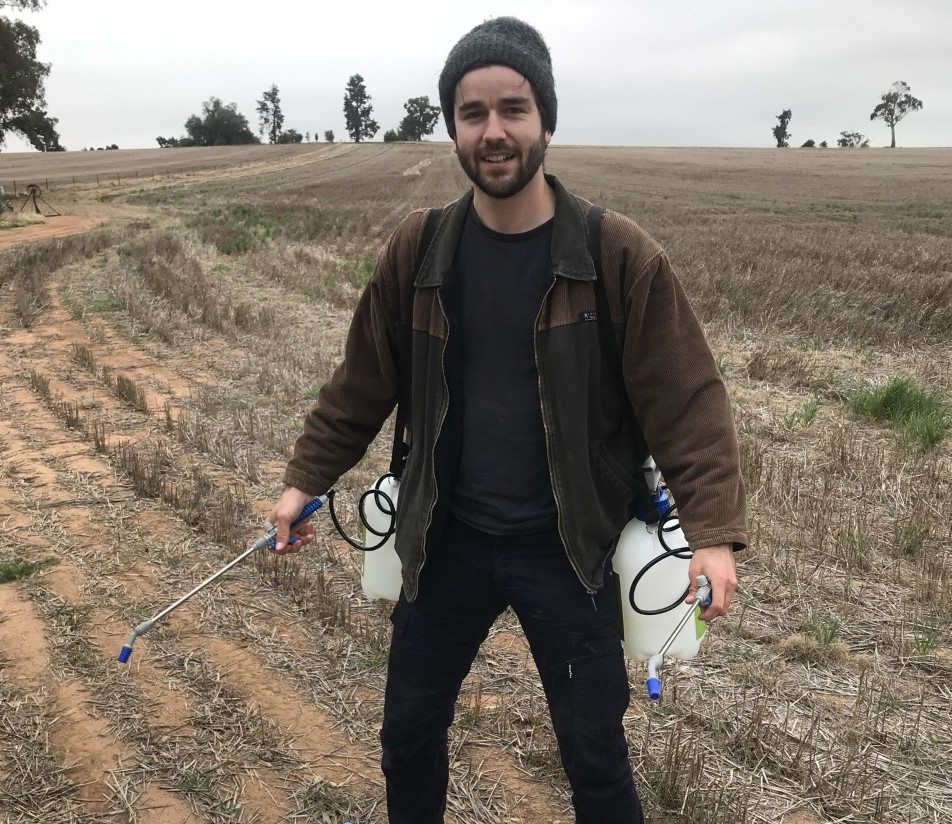
Professor Banks admits to being fascinated by mice and has studied their foraging behaviour for almost 20 years.
�I was seeing all the media reports about the mouse plague and thought there had to be a way to apply an odour technique to help farmers,�
Professor Peter Banks
The trial was conducted in May 2021 on NSW Farmers member Peter Rayner�s farm near Pleasant Hills, where five treatments were tested across 60 plots.
�Peter kindly agreed to not bait an area even though he was getting lots of damage to his crops from the mouse plague. It would not happened have without his help.�
Two of the treatments involved a solution of diluted wheat germ oil, which is a relatively inexpensive by-product of the milling process.
The other three treatments were controls, with plots covered in canola oil, trampled or left untreated. All control treatments performed similarly, receiving significantly more damage than treated plots.
�One of the wheat germ oil applications was done at the same time as sowing and the other was applied a week before sowing,” Professor Banks said.
�We got a 63 per cent reduction in seed loss when it was applied at sowing and 74 per cent reduction when it was applied before sowing.�

Professor Banks said wheat germ oil is ideal odour camouflage for mice.
�It�s the same stuff that the mice really want from the grain, which is the wheat germ. We figured that�s what they would be smelling in the ground because its full of oil.�
�The idea was that if we put that same smell everywhere in the paddock, the mice would not be able to find the seeds.�
This simple idea does appear to confuse mice, who have been smart enough to learn to source seeds neatly along drill lines after planting.
�They have learned it from the smelling of the wheat germ in the seed. You can see all their little holes they have created to get the seeds out along the drill lines. That�s why crop damage is worst in the second week because they have worked out where the seeds are.�
�This concept puts the smell everywhere and they eat less of the seed, which could also mean the breeding cycle is slowed down as the mice are having less food.�
�Mice can�t evolve resistance to the method either because it uses the same odour that mice rely on to find wheat seeds.�
�It could also present opportunities to improve the effectiveness and targeting of baiting programs.�
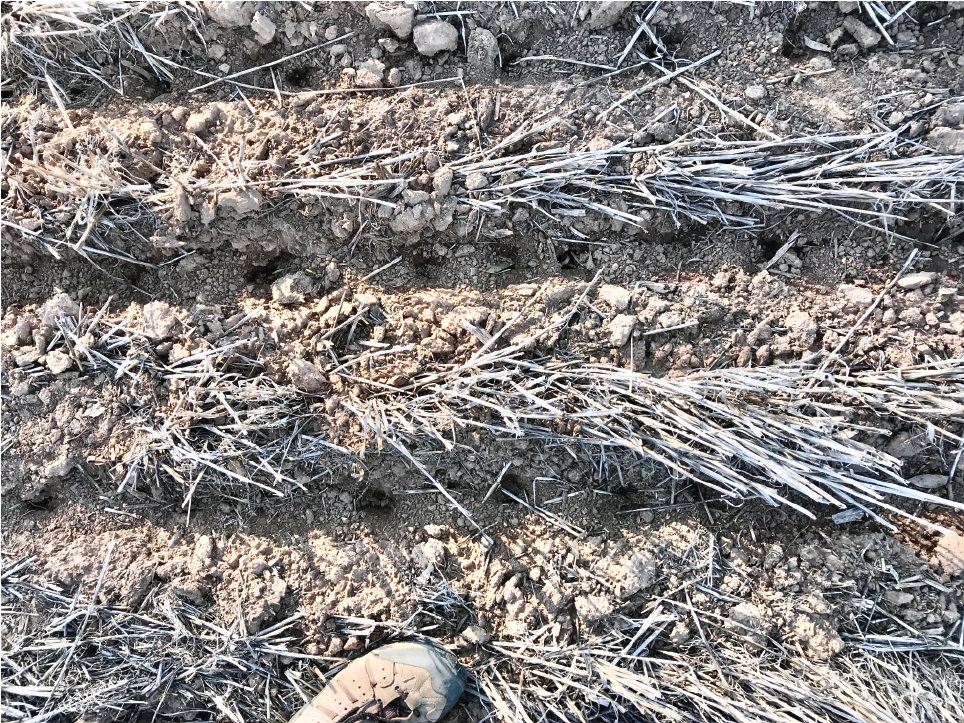
Professor Banks said the research project�s next phase would look at refining the most efficient application rates of the wheat germ odour for farmers to adopt.
Farmer Peter Rayner said it was exciting to be involved in the project.
�Anyway that works and that can help reduce the use of toxic baits during a mouse plague is a big benefit, and this method does seem to work.�
�Professor Banks and the team were also clearly passionate about this sort of research.�
NSW Farmers members found themselves on the world stage during intense media interest on the 2021 mouse plague. See more here


